Photo Trip: Medieval Hohenfurth Abbey in South Bohemia
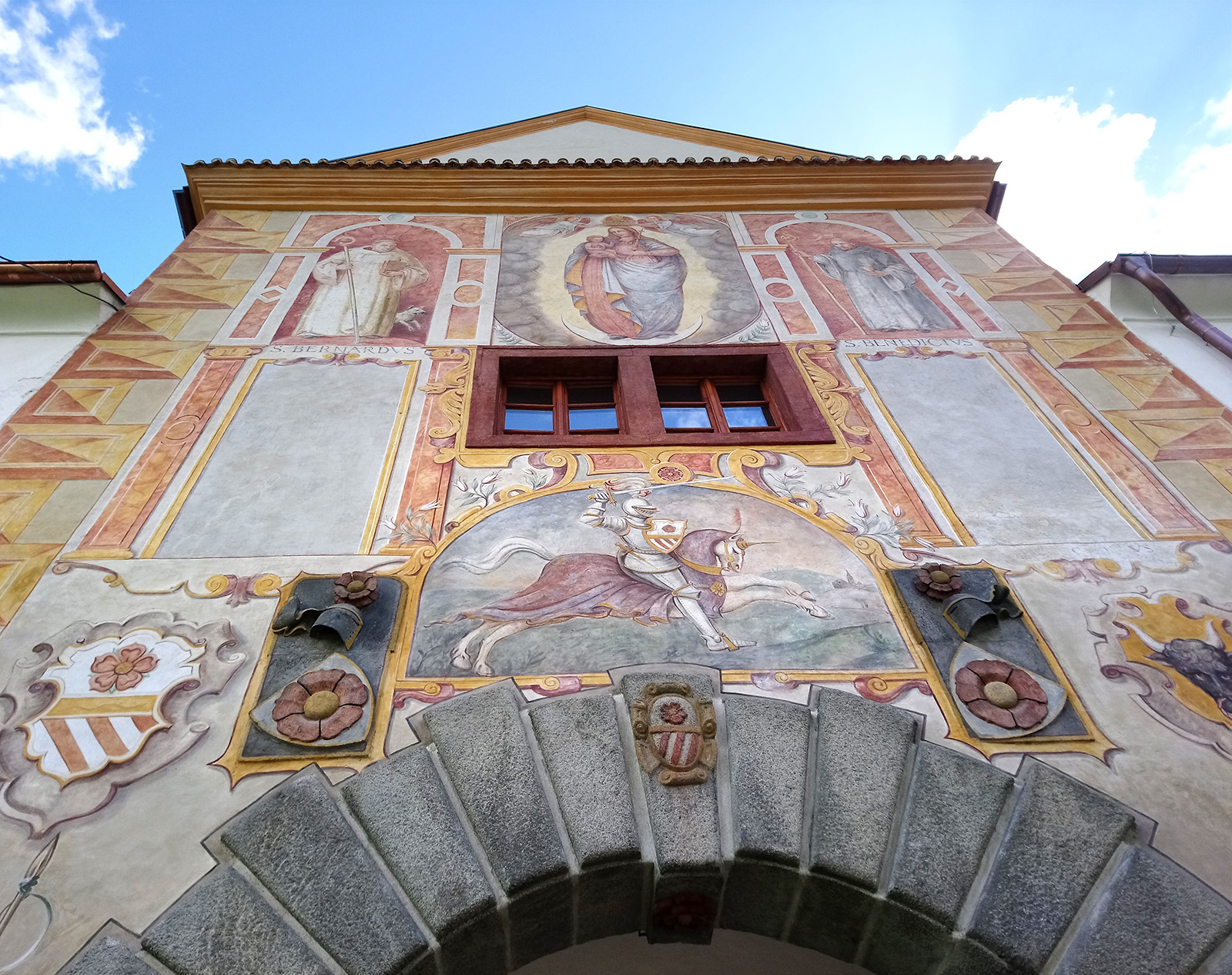
Today I’d like to take you to a famous Cistercian monastery, Hohenfurth Abbey, located in Vyšší Brod, a small South Bohemia town close to the Austrian borders.
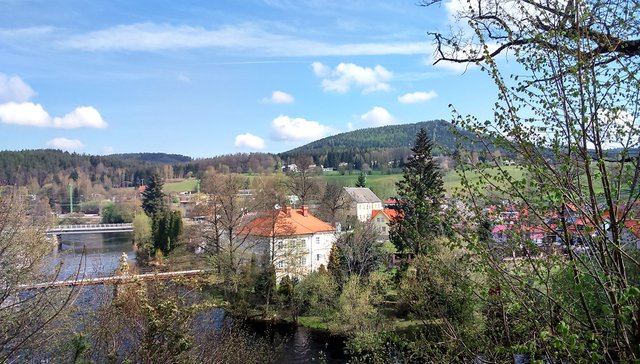
A view from the monastery.
In ancient times rivers were what the highways are now. The 750 years old monastery was founded in 1259 near a ford on Vltava river which was used as a trade route from the times immemorial.
The monastery is one of the most important historical landmarks of South Bohemia and one of the two extant Cistercian monasteries in Czechia. It was the spiritual, cultural and economic centre of nearby lands for several centuries.
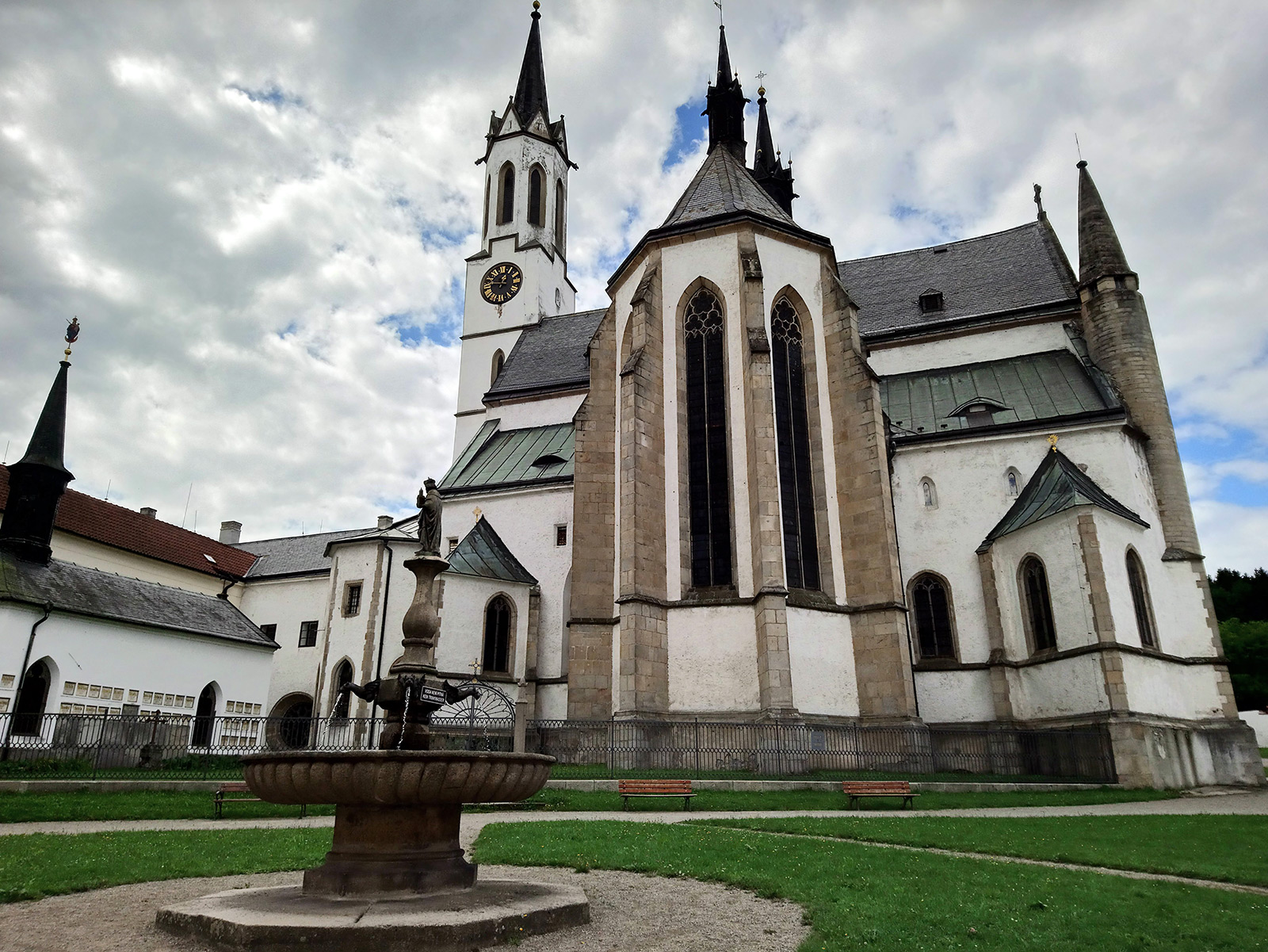
The monastery church (finished in 1350s).
Unlike many other churches in Bohemia and Austria that were heavily reconstructed in Baroque style, the monastery church has kept many of its original Gothic architectural features.
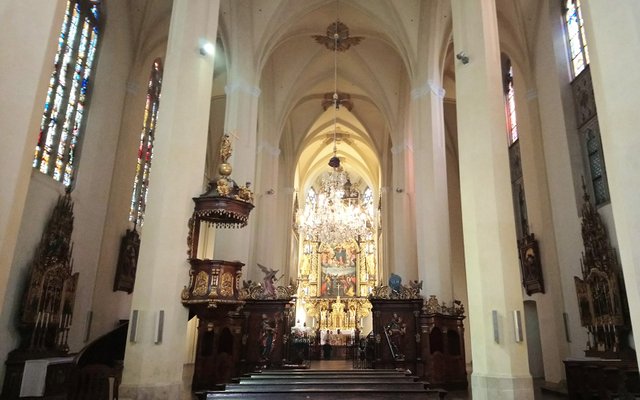
The monastery church interior.
The traditional Latin Mass (two to three hours long) is still celebrated here, with the monastery’s famous organ and choirs coming for festivals.
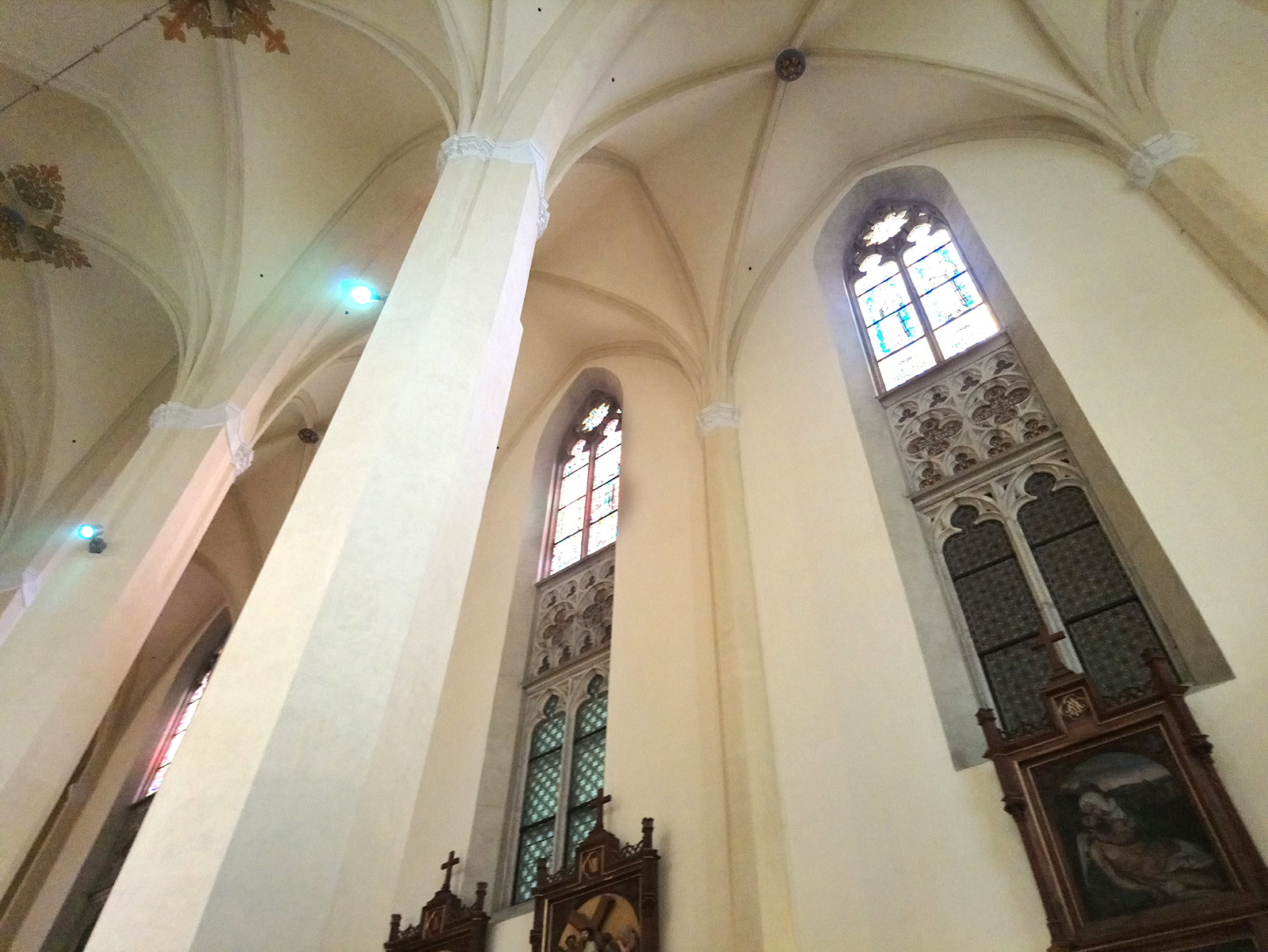
The monastery church interior.
The cloister building adjoins the church. It holds a museum with a paintings gallery and a unique rococo style library with tens of thousands books collected throughout the centuries. The monastery complex counts many buildings, part of them still unreconstructed.
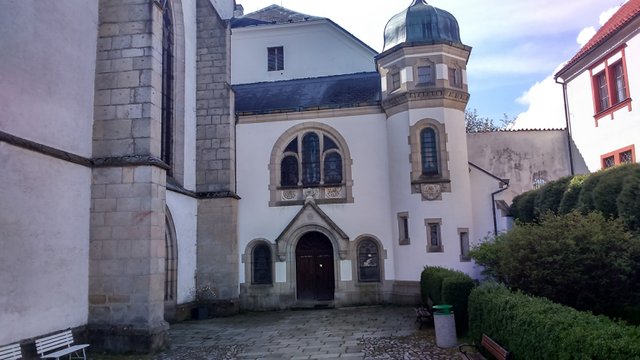
The cloister building.
The monastery was abolished three times in its history, first by Austrian Emperor Joseph II in 1786 (happily he cancelled his decree three years later), then by Nazis in 1938 and then by Communists in 1950. Every time it was restored. The last resaturation happened in 1990 when, after 40 years of exile, the last two living Fathers were allowed to return to the monastery and the monastic life was resumed.
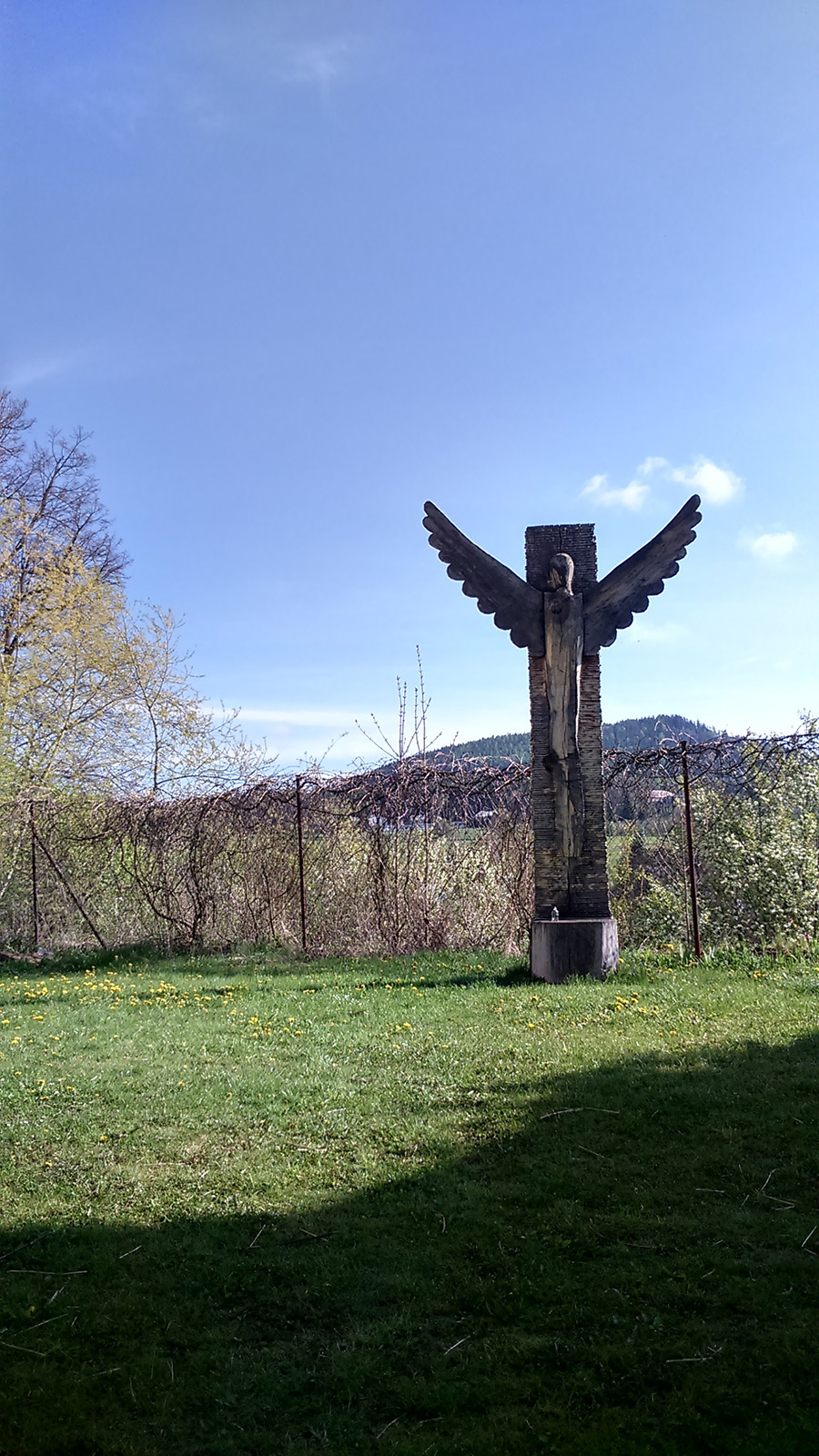
The Cistercian Order was founded in 1098 in Burgundy, France, and its original emphasis was on manual labour and self-sufficiency through agriculture and brewing ales. The White Monks’ motto is the famous “Ora et labora” (“Pray and work”) and they follow the 6th century Benedictine rule reformed by St. Bernard in 12th century.
The Cistercians are also known for their skill in working with water and stone. The example of this is a beautiful pathway with a small channel built along the river in a nearby forest.
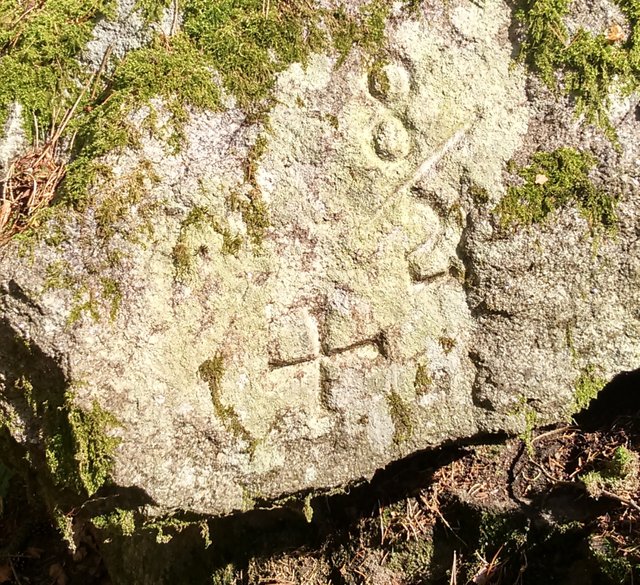
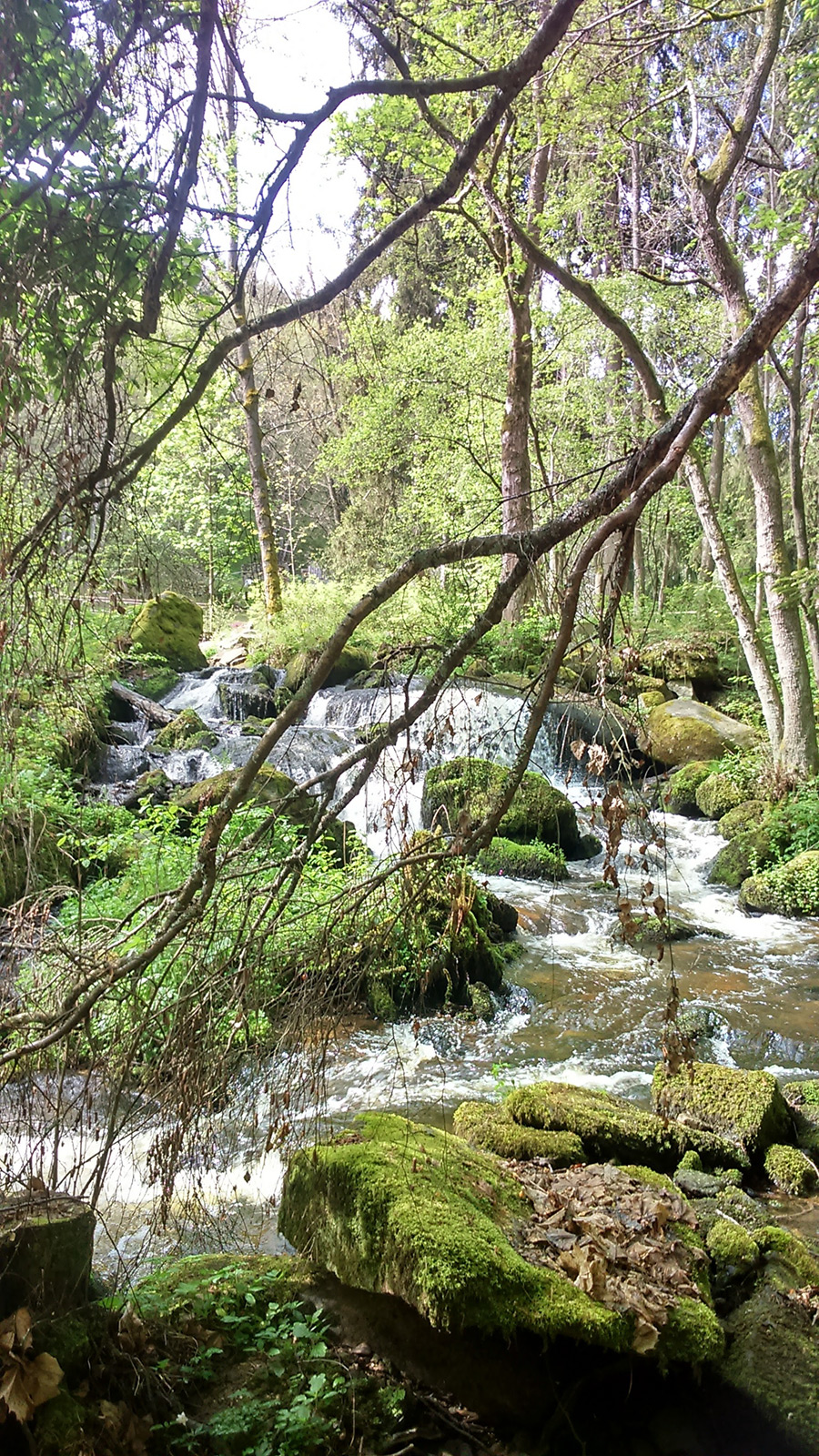
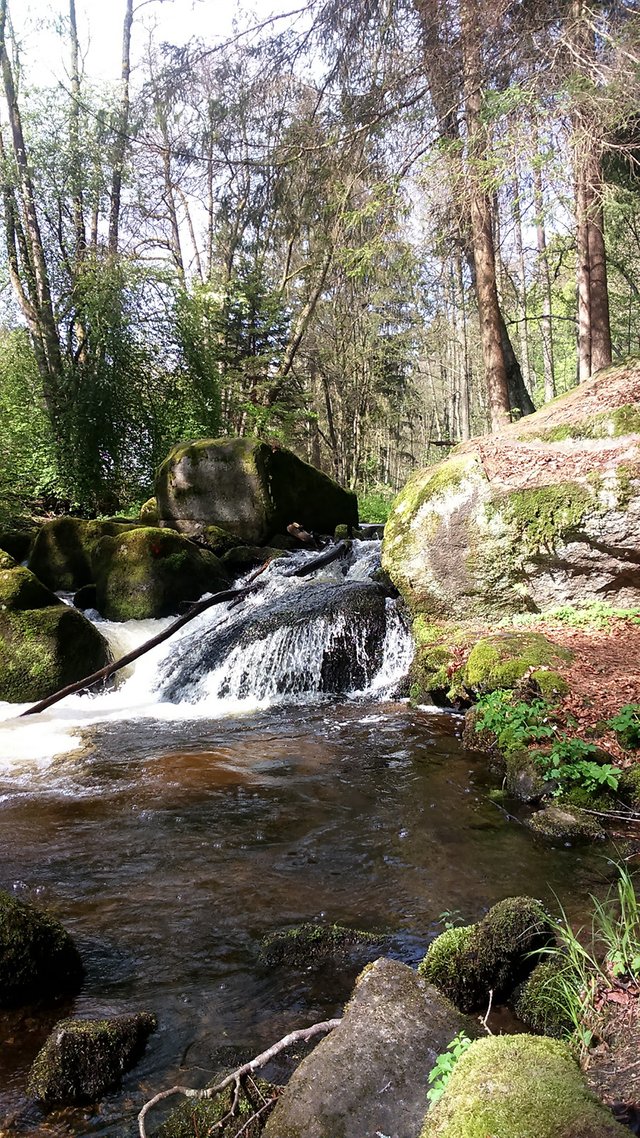
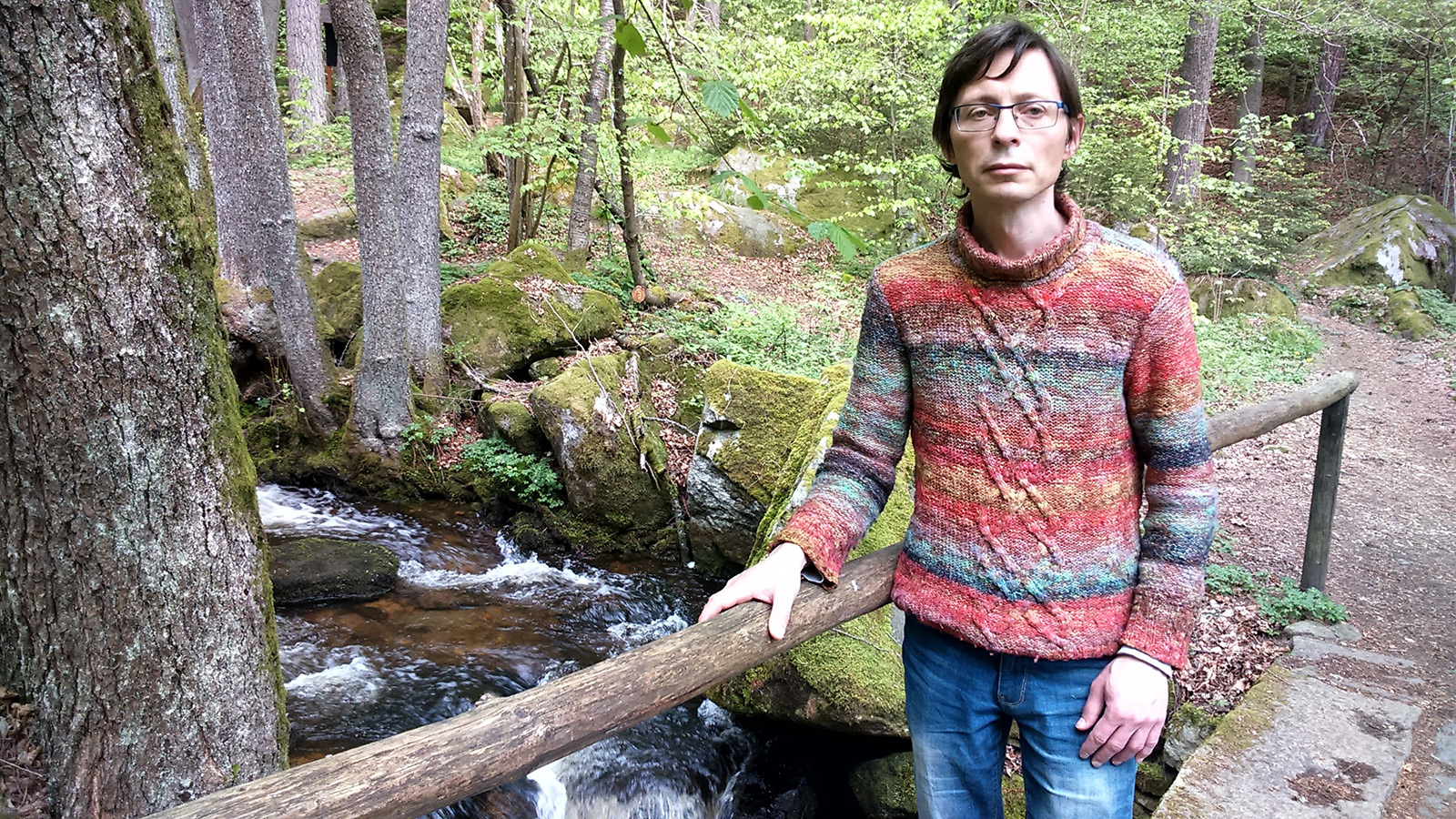
The photos were made by me during this month’s trip with some additions from the earlier ones I made this year.
Cameras used: Sony Xperia XA1, Sony Xperia M1.
Links
- The Abbey's website (English, German, Czech, Polish)
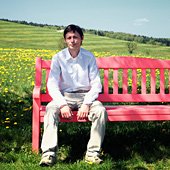
The architecture is really awesome and well preserved! Thanks for sharing these with us!
You're welcome!
This post has received a 0.52 % upvote from @drotto thanks to: @banjo.
What fabulous photos and an interesting tale of the monastery.
Gorgeous river photos too.
Following you
Thank you! :)
Beautiful pictures!